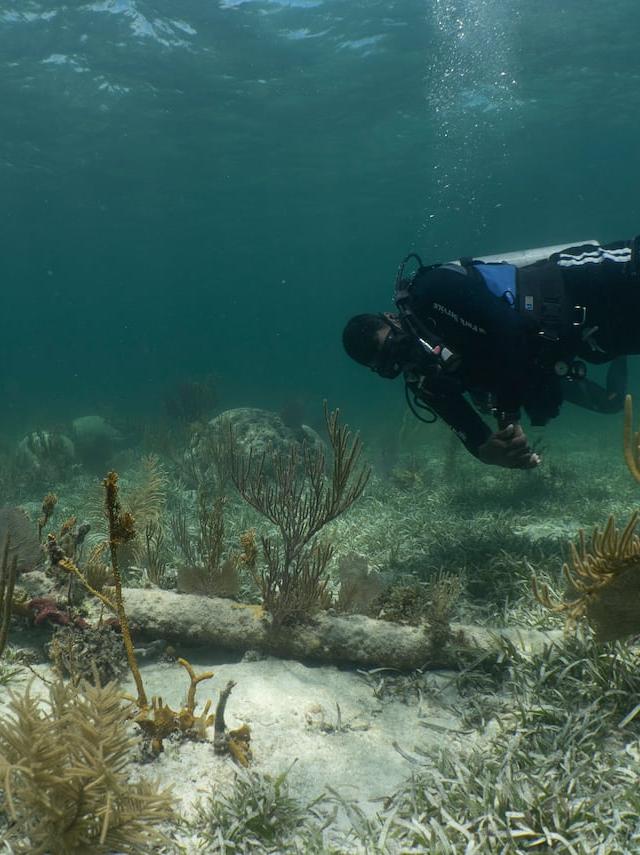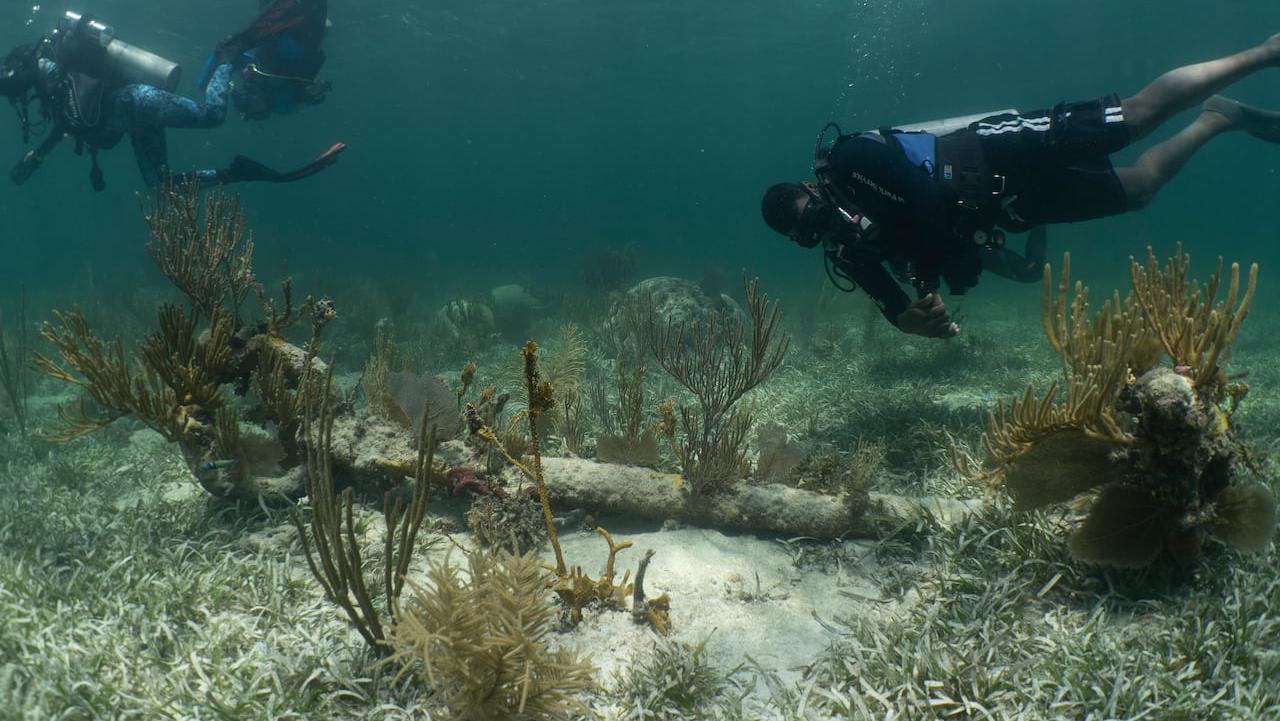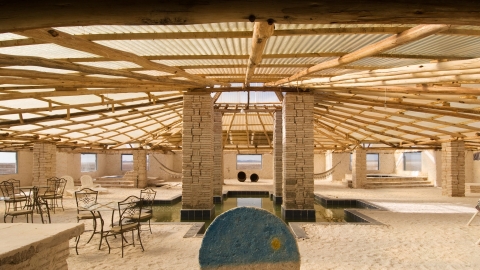The journey begins at the bottom of the sea
Back in June 2015, while diving through the kelp beds at the bottom of the Atlantic Ocean, diver Kamau Sadiki fixed his eyes on something that looked like what he and his colleagues were looking for: “It was a piece of wood wedged between rocks. I hesitated before approaching it, and then the rising wave swept me straight into it.” Sadiki became extremely emotional when he realized he was holding a piece of the wreck of the Sao Jose-Paquete de Africa, which sank off the coast of Cape Town, transporting more than 500 enslaved Africans from Mozambique to Brazil in 1794. It is believed that 212 slaves and crew died in the disaster.
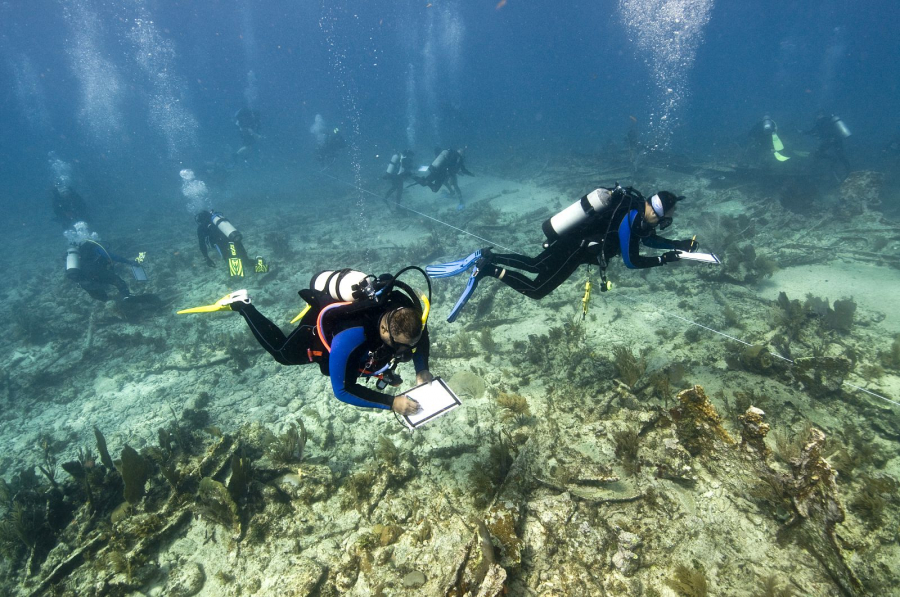
Divers document the wreckage. Photo: Kenneth Clark
“It felt like I could hear the voices, the screams, the pain and the agony of all those who were shackled and later died in the shipwreck,” Sadiki recalled. “That’s when I realized I wanted to help them tell their stories and bring those silent voices into the history books.”
Buried History
According to the Transatlantic Slave Trade Database, approximately 35,000 ships were used to transport 12 million enslaved Africans across the Atlantic between the 15th and 19th centuries. Some did not survive the journey, and an estimated 500 to 1,000 ships, including the Sao Jos-Paquete de Africa, sank before reaching their destination. However, only five wrecks have been found since then, and only two have been fully documented. This means that the remains, along with the stories of the enslaved people, remain buried at the bottom of the sea.
Sadiki is a dive instructor for Diving With a Purpose (DWP), a nonprofit focused on preserving, documenting, and documenting African slave shipwrecks. He is one of those trying to bring that painful history to light.
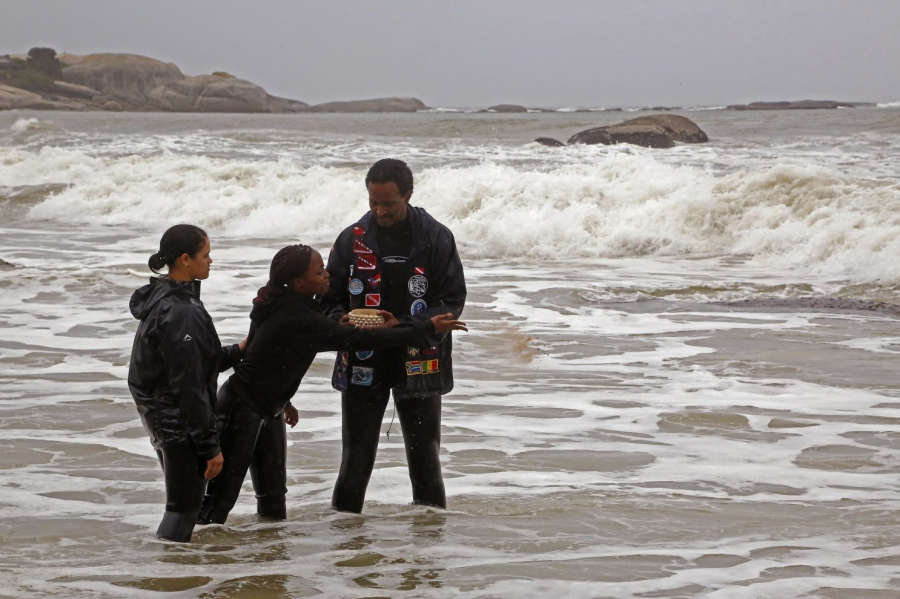
Divers spread sand from Mozambique near the site where the wreckage of the Sao Jose-Paquete de Africa was found. Photo: Getty Images
DWP was founded in 2003 by Ken Stewart, a member of the National Association of Black Scuba Divers (NABS), and Brenda Lanzendorf, a maritime archaeologist with Biscayne National Park. They teamed up after working together on the 2004 documentary “The Guerrero Project,” about a Spanish pirate ship that crashed off the coast of Florida carrying 561 kidnapped Africans.
Stewart pledged to help Lanzendorf locate several wrecks and teach other maritime archaeological techniques, while Lanzendorf promised to provide crucial information to locate the Guerrero.
Voices not raised
Unfortunately, Lanzendorf passed away in 2008, five years after the DWP was founded. At this point, the team is still in the dark about the exact location of the Guerrero wreck. “If she knew where it (the Guerrero) was, she took it to the grave. So we’re still looking,” Stewart said.
Over the years, DWP has participated in about 18 missions to search for submerged artifacts related to African people in the Americas. They partner with the Slave Wrecks Project (SWP), a consortium of organizations run by the Smithsonian National Museum of African American History and Culture.
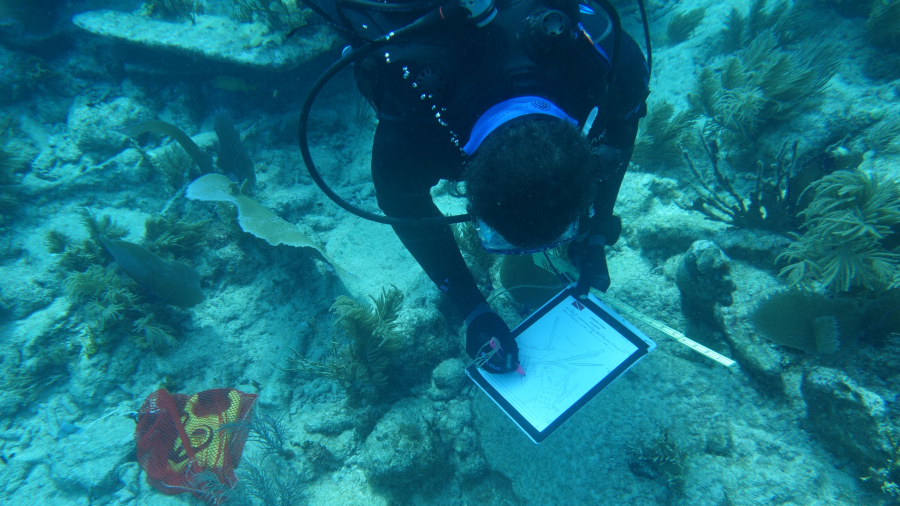
Divers sketch an artifact from the shipwreck in situ. Photo: Matt Lawrence
Maritime archaeologist Tara Roberts serves as DWP's storyteller. Like Stewart and Sadiki, she believes it's vital to shine a light on the forgotten voices of enslaved Africans. "At least 1.8 million Africans died during the crossing. Who will talk about it? Who will mourn the lives of those people?" Roberts says.
"We will never know their names, we will never know anything about them. They are lost and no one grieves for them, no one mourns them. I don't think it's okay to leave it like that," he stressed.
Successful searches
One of DWP’s most recent achievements was in 2019, when they helped locate the Clotilda, the last slave ship to bring enslaved Africans to the United States. The ship is believed to have arrived sometime between 1859 and 1860, years after the slave trade was abolished in 1808. “The Clotilda sailed illegally to West Africa, taking approximately 110 Africans with her,” Roberts explains.
Once the ship reached safe harbor, the slaves were unloaded, and the Clotilda was burned to destroy any evidence of the illegal crossing. Later, when the slaves were freed, many returned to the area in hopes of returning to West Africa. By 1866, they had established the first African-American town on American soil, called Africatown.
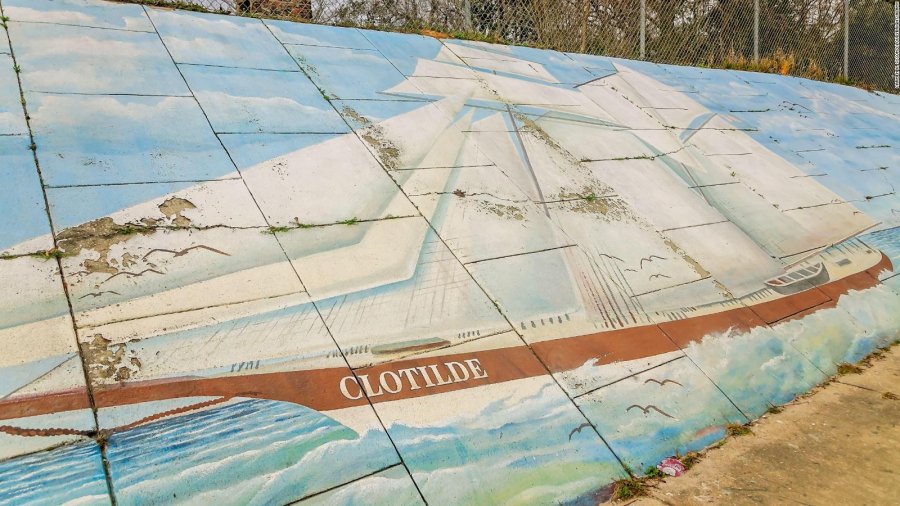
A mural of the slave ship Clotilda on display in Africatown, Alabama. Photo: Carmen K. Sisson
Unlike some other slave ship wrecks, the story of the Clotilda is well documented. In fact, there are still a large number of descendants of those African slaves living in Africatown today. Tests are underway to see if any match the DNA found in the wreckage.
“What is amazing about this story is not just the illegal trafficking of people, but also that there is a large community of people who are still associated with that ship,” said Sadiki, one of the divers who helped locate the ship. “So we are working with them to tell the story of the Clotilda.”
For years, Africatown has been plagued by industrial pollution, depopulation and poverty. “Some terrible things have happened to the community here. But hopefully, with the discovery of the Clotilda, we can start to bring prosperity, peace and most importantly, justice to Africatown,” Sadiki said.
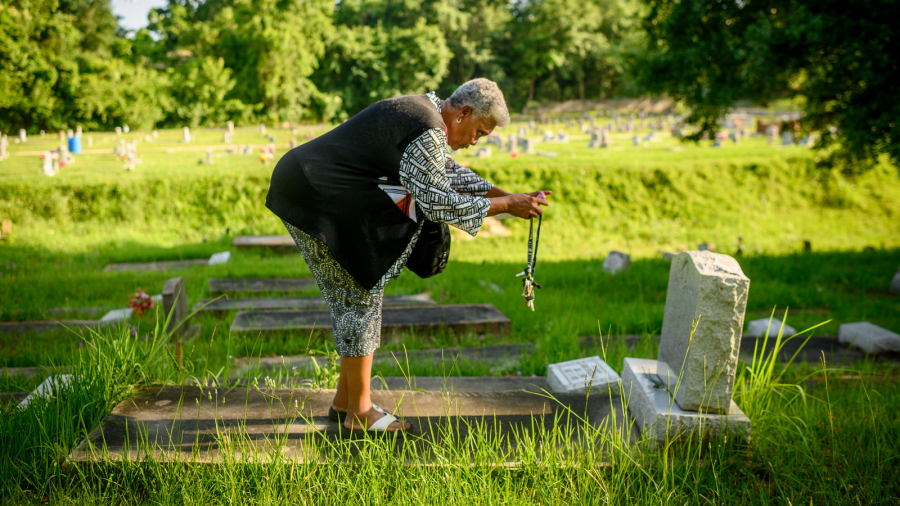
Some of the graves of survivors of the Clotilda can be found at the Old Highland Cemetery in Africatown. Photo: Internet.
Healing
Archaeologist Roberts believes that by delving into the past of those who perished on the boats and telling those stories, “healing” can begin. “I think a lot of the way we (African Americans) see ourselves is through the lens of trauma, pain, and sadness,” she said.
“Those ideas, those feelings, those perspectives that are often brought up when talking about the story of black people. I don't think that's all there is, it's incomplete. I'm more interested in the specifics, and I believe that our story does not begin with slavery.”
Stewart agrees. He co-founded the Tennessee Aquatic Project and Development Group, which aims to get young people involved in organizations and diving. In 2011, he began developingGroup of young people diving with a purpose(YDWP), aimed at 15- to 23-year-olds. For Stewart, getting the younger generation involved is crucial, as he believes many young people are not fully aware of slavery.

Young people taking part in the 'Youth Diving with a Purpose Group' in 2013. Photo: DWP
"In America, our (African-American) history has been ignored. They really don't teach anything about slavery in schools. And I thought, 'If you don't know your history, you're doomed to repeat it.' It's important that we teach the next generation. They're the ones who are going to turn things around," Stewart said.
Now 76, Stewart remains actively involved in DWP operations, but he knows the day will come when he has to step down. However, there is one goal he has always had in mind before he steps down: “My tenure with DWP is coming to an end, and I certainly want to end it by finding the wreck of the Guerrero. But what I really want to do more than anything is educate and get some young people to continue the DWP,” he said.
“There are thousands of ships out there that have yet to be found. And we want to continue this historic search mission” -Ken Stewart.





